10 Giant Menorahs That Will Light Up for Hanukkah in NYC
From Brooklyn to the Bronx, we’ve rounded up the most exciting giant menorahs that will light up throughout the next eight evenings!


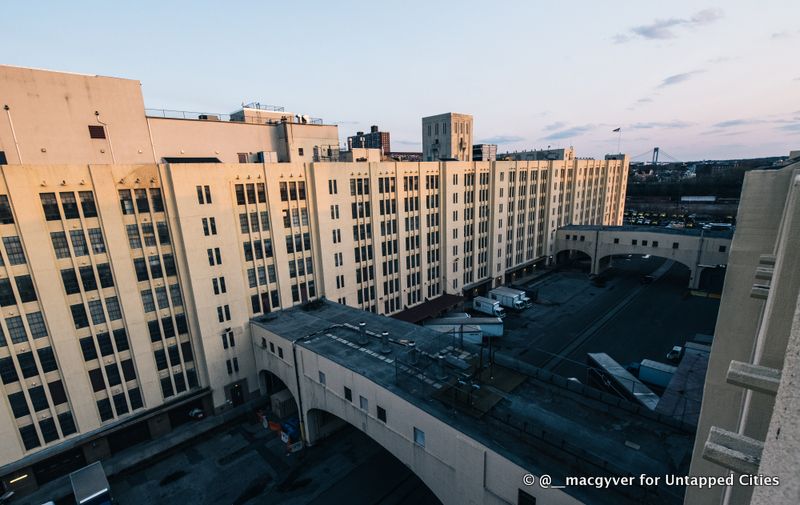
On Tuesday, Untapped Cities and New York City Economic Development Corporation (NYCEDC) brought readers to the second installment of the Behind the Scenes NYC Tour Series, into the raw spaces and the roof of the Brooklyn Army Terminal. The tour was led by Dean Bodnar, Vice President of NYCEDC in charge of the Brooklyn Army Terminal. The impressive 4 million square foot complex was designed at the end of World War I by Cass Gilbert, architect behind the Woolworth Building, U.S. Customs House and more.
Though it was decommissioned in 1964, the Brooklyn Army Terminal had ample activity to garner many fun facts and secrets, even as it has undergone a multi-decade renovation and reactivation under the leadership of the NYCEDC. Here are 10 secrets and fun facts about the Brooklyn Army Terminal in Sunset Park that we learned on the tour.

The guard towers on the roof of building A were manned during WWII. Today, the abandoned structures are filled with pigeon carcasses and old newspapers.
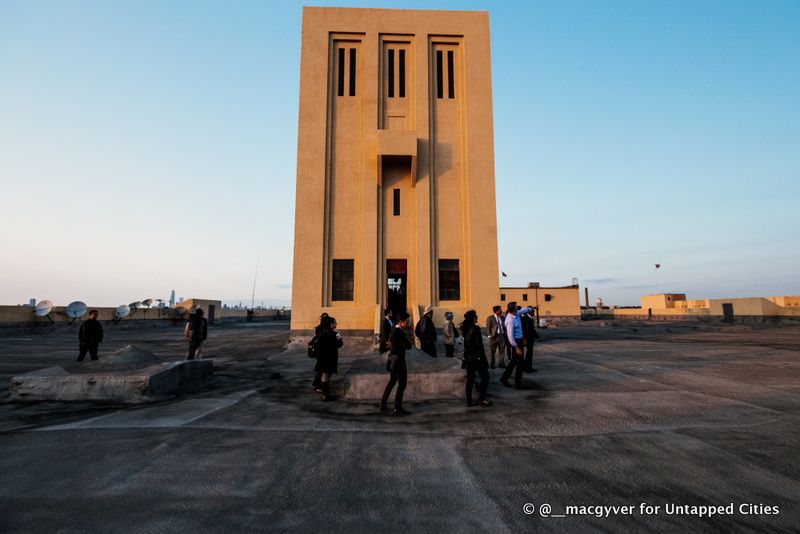

Though it is a widely spread myth that soldiers were actually housed at Brooklyn Army Terminal, there was once a major mail station inside for everything going overseas. The most famous soldier to go through BAT was Elvis, who also gave press conferences on Pier 4 before embarking on his ship.
There was also a bowling alley, restaurant, and other amenities in Building A. The post office also used the Brooklyn Army Terminal for a period of time in the 1970s after a fire in the Chelsea Post Office. Continuing the tradition of amenities for workers, today there’s a day care center in Building A.
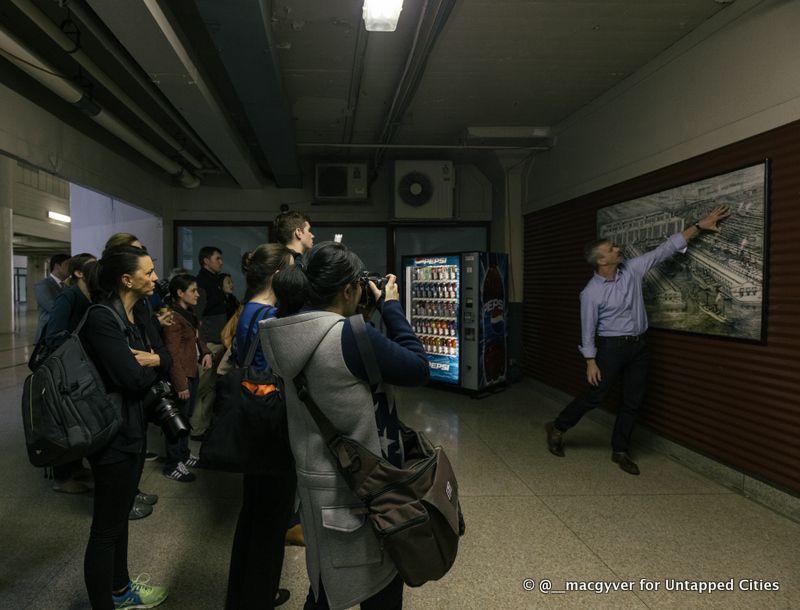
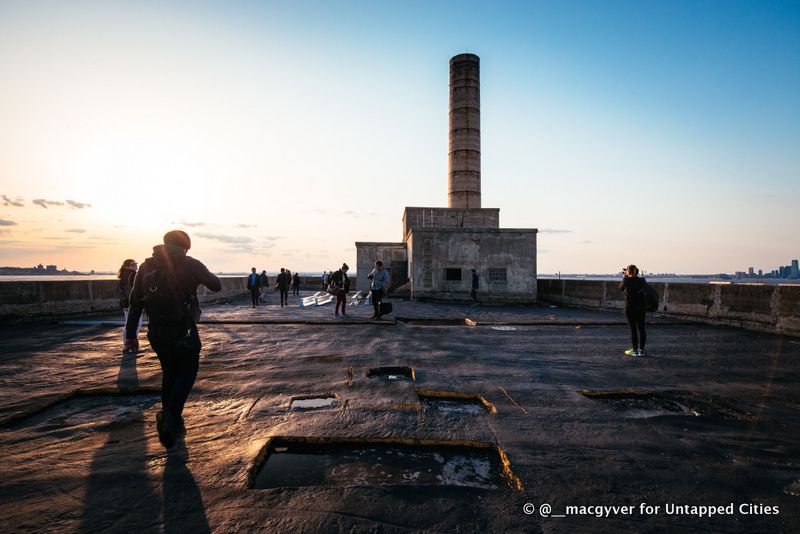
Though not a city landmark, in 1983, the Brooklyn Army Terminal was added to the National Register of Historic Places, which included 11 outlying buildings and the smokestack.

36,000 square feet of the Brooklyn Army Terminal is home to the International AIDS Vaccine Initiative (IAVI), which the non-profit organization rents at a discounted rate. Building A, previously an unused space that lay fallow to the benefit of pigeons and their droppings, was converted into BioBAT, a facility for commercial biotech space in which IAVI is the anchor tenant.

The proposed 5 borough ferry service would make a stop at the Brooklyn Army Terminal, beginning in 2017. If achieved, the ferry service will likely be the largest municipal ferry service in the United States.


The NYCEDC is currently focused on reactivating the abandoned administration building, renaming it the BAT Annex. All officers during the BAT’s military period worked out of the admin building. The BAT Annex will open in June 2016, with smaller spaces for startups located in the building, along with space for full-floor tenants. Behind the admin building is a small building that was once the power plant for the entire complex.
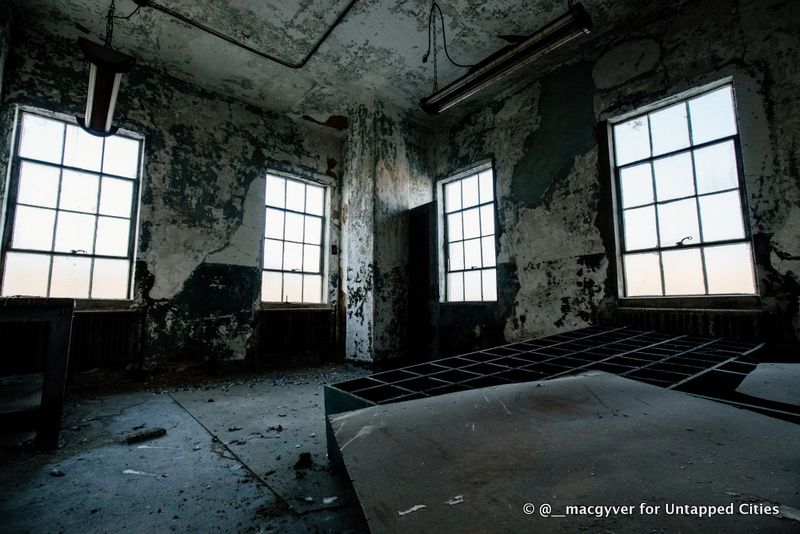
 Photo by AbandonedNYC
Photo by AbandonedNYC
The concrete floors of the Brooklyn Army Terminal can support quite a lot: 250 pounds per square feet, to be exact. This has made it attractive to tenants like biotech and industrial tenants. It’s “more than enough for lab equipment,” writes The New York Times.
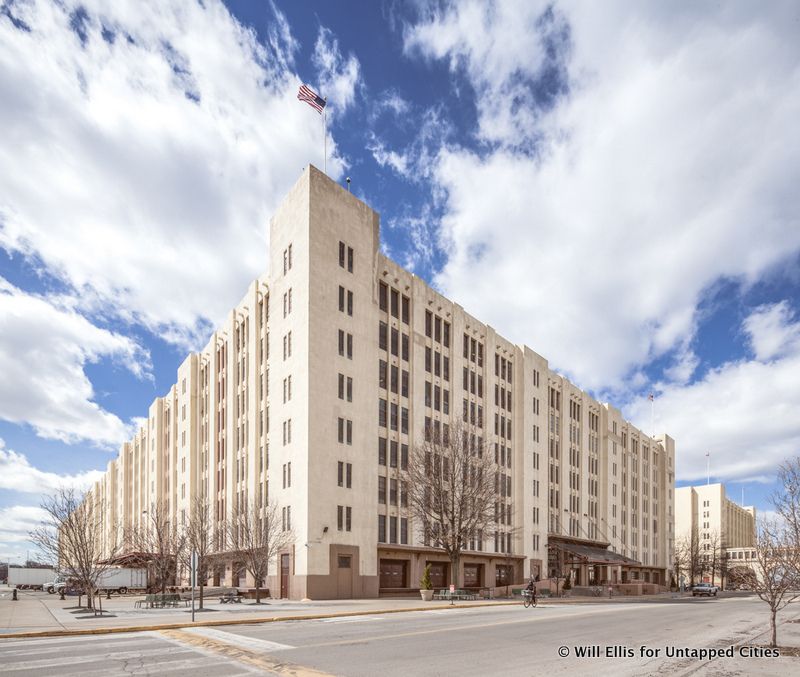
Photo by AbandonedNYC
Decorative studs on the top of the facade function as a simple drainage system for the roof. These functional decorative elements are representative of the innovations architect Cass Gilbert devised for a building built for functional use.
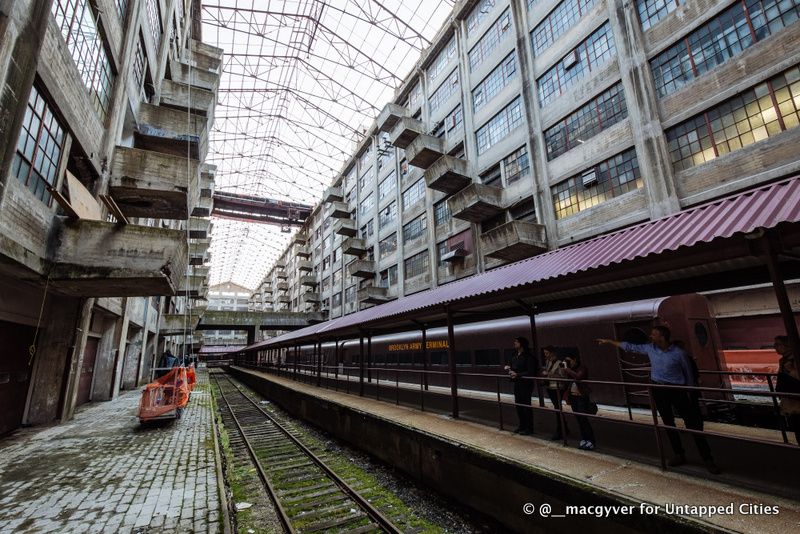
The balconies of the main atrium in Building B were staggered so that gantries could come by and drop things into them. Today, vintage Long Island Railroad cars are placed on the tracks for show.

Skybridges connect the buildings at BAT. We had a chance to walk through them:

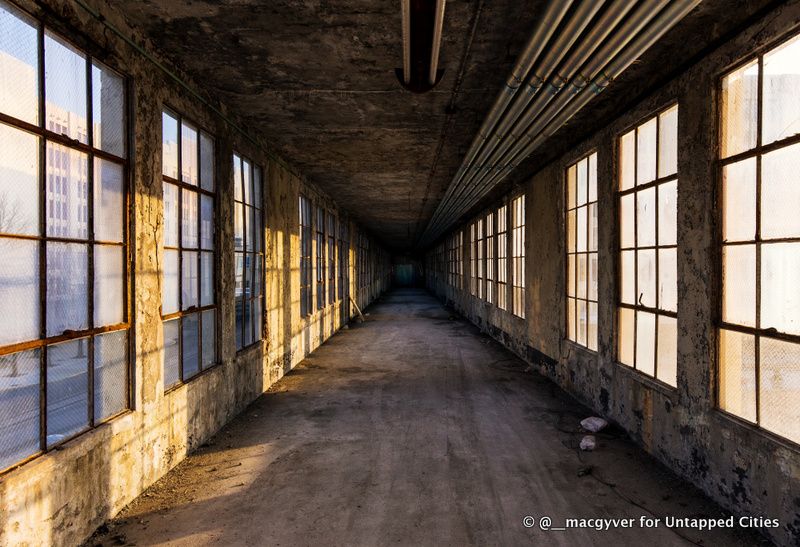


96 elevators with push-buttons, controlled by a central system, gave BAT the largest capacity for freight elevators when built. (Today, there are 27 freight elevators). BAT was also the largest military supply base in the world through the end of World War II and held a record in the Book of World Records for how much concrete was mixed and poured in a day. As Urban Omnibus reminds readers, “This was in 1918. Their equipment was a horse and wagon.” Not surprisingly, BAT was also the largest concrete building in the world when completed.

Floors became roads in the Brooklyn Army Terminal, with Army jeeps driving through the building to transport military goods. But even they were subject to speed limits, as vintage signs show. The raw spaces still also hold remnants of Army murals.

The Brooklyn Army Terminal served as one of the Federal Government’s alcohol storage and disposal warehouses during Prohibition, confiscating alcohol from the speakeasies in the city and along the “Rum Line,” where ships stored with booze were anchored in international waters. As Andrew Gustafson of Turnstile Tours writes, “At any given time, it is estimated that [BAT] held around $20 million worth of contraband – well over a quarter billion dollars in today’s money.”
Gustafson also writes that confiscated bottles would be crushed and the alcohol dumped into the harbor off of Pier 2, which no longer exists, where some desperate bootleggers would collect a nasty mix of booze from metal baskets under the pier and remix it into more bootleg alcohol. At the end of Prohibition, the confiscated alcohol was auctioned off–but not all of it.
Today, 3.1 million square feet of the 4 million available at the Brooklyn Army Terminal have been repurposed. 100 businesses operate out of there, employing 3,700 people on a daily basis. Economic development of the former military complex is the main goal for the NYCEDC, but the type of business activities encompass a wide range, from tenants like Jacques Torres chocolate, dye factories, the AIDS facility, to Chashama art studios. Next year, startups will be welcomed into the space, further contributing to the revival of the Sunset Park waterfront.
Join us for the next Behind the Scenes NYC Tour Series with NYCEDC of Hunts Point Distribution Center. Also check out our ongoing Untapped Cities tours and events.
All photos by @_macgyver



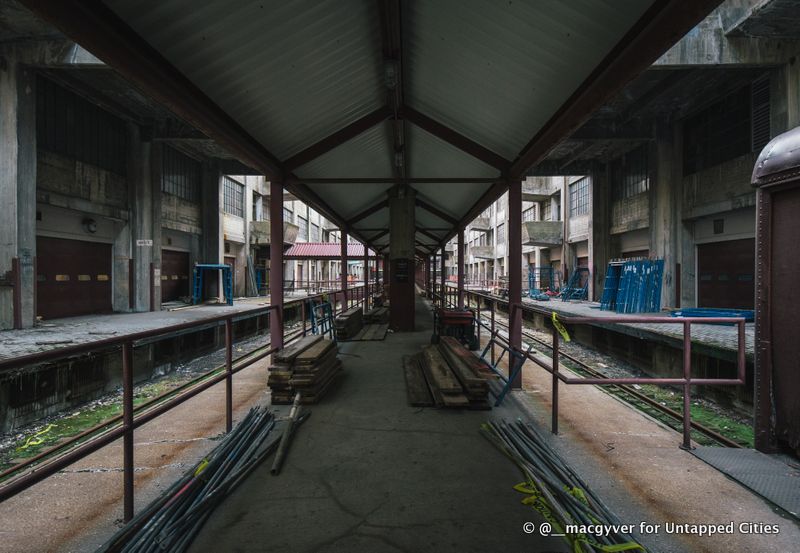


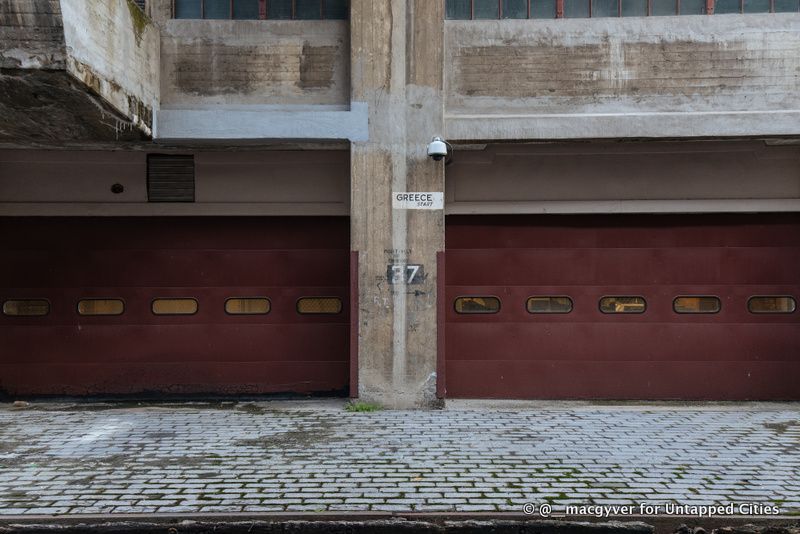

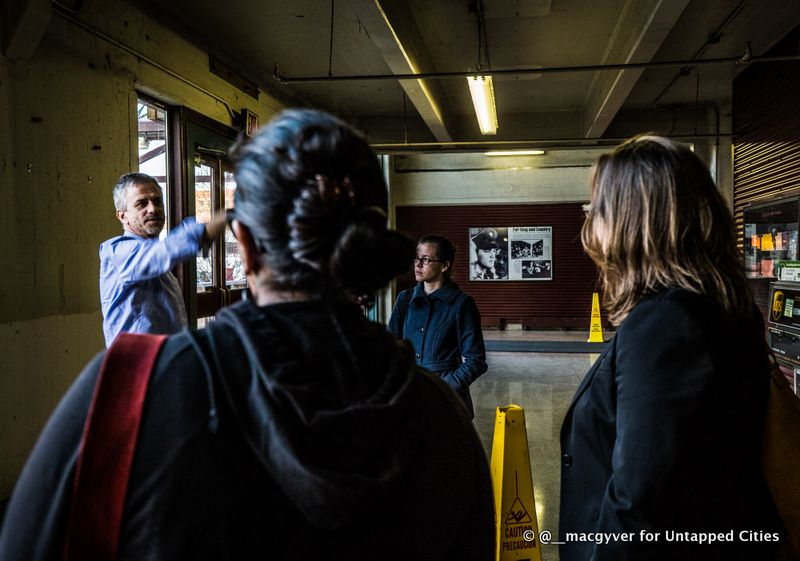
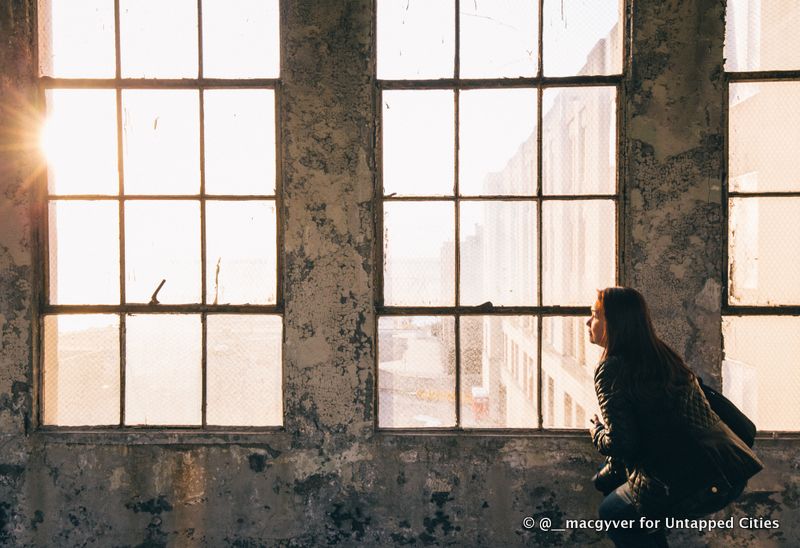
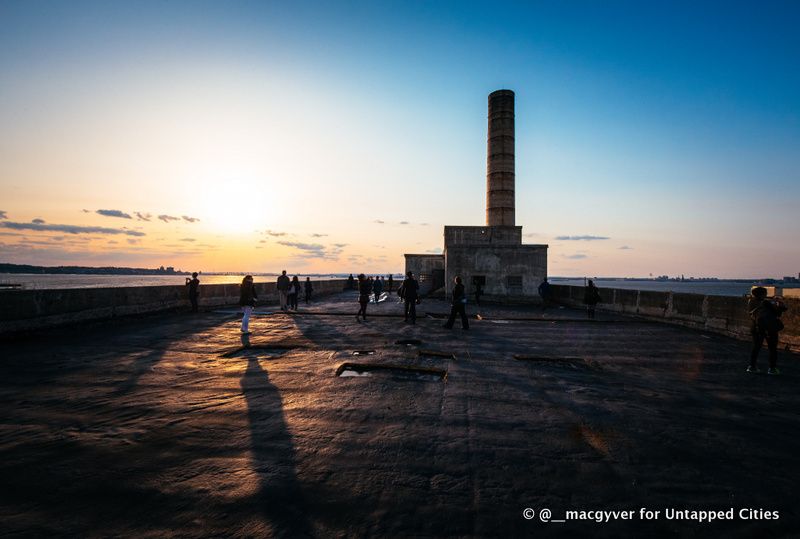
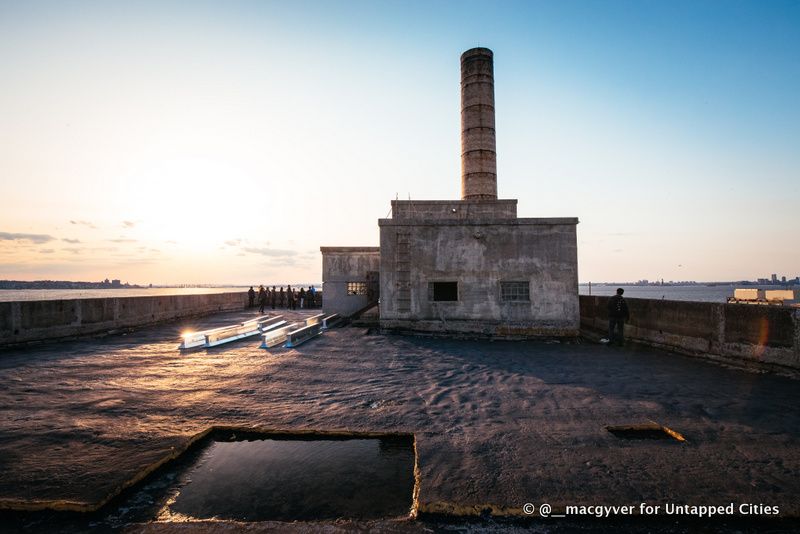


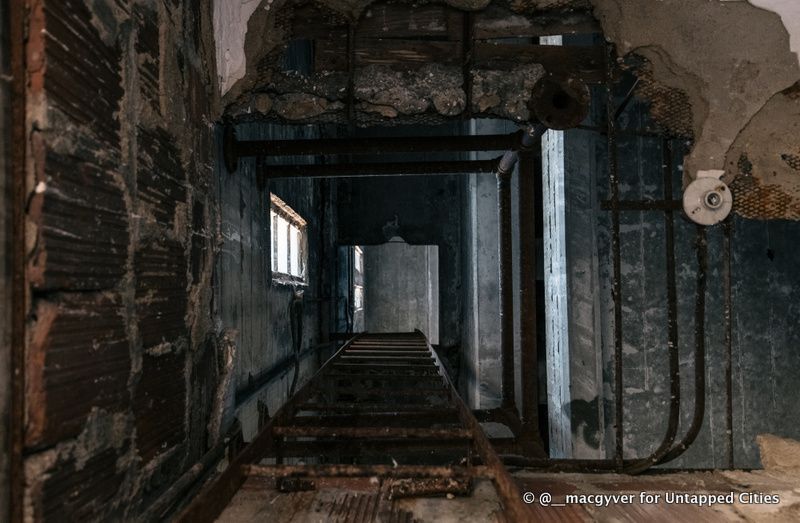


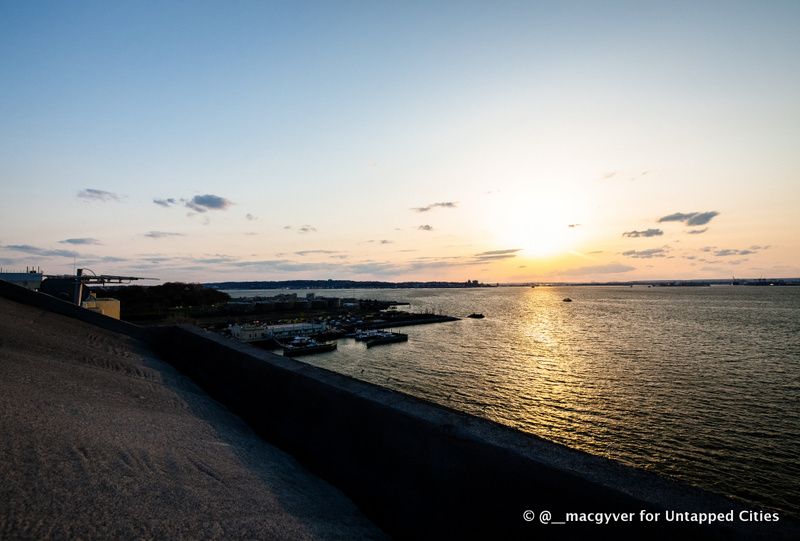
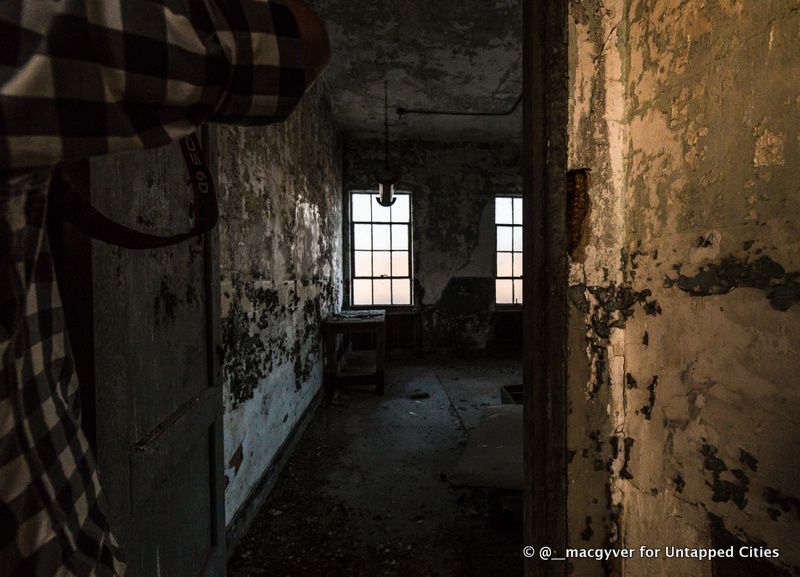

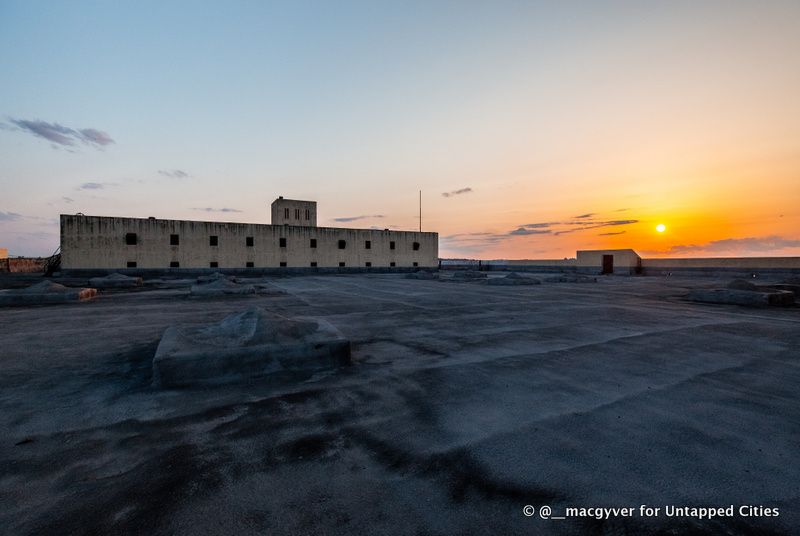
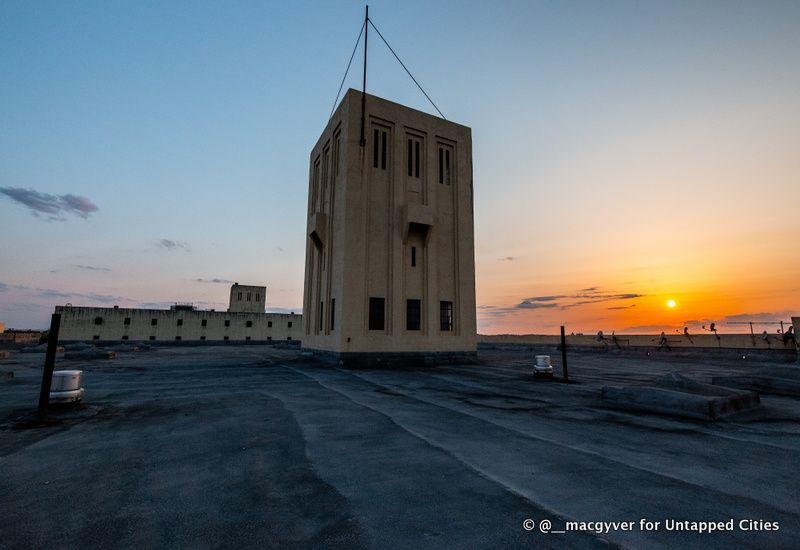
Next, check out the Top 10 Secrets of the Woolworth Building.
Subscribe to our newsletter